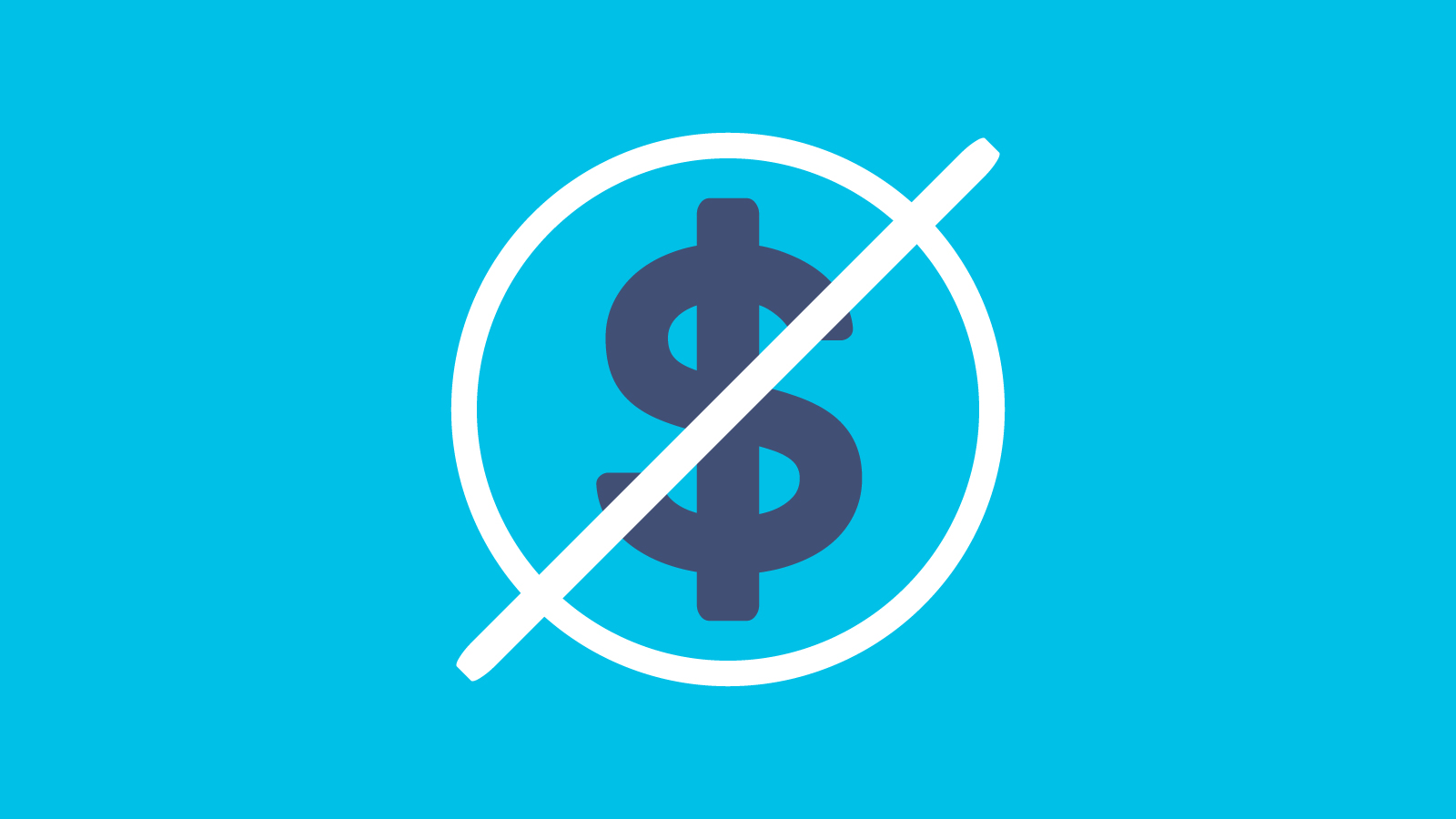Freebies and Opportunities for Science and STEM Teachers, July 1, 2025
By Debra Shapiro

Freebies for Science and STEM Teachers: Grades K–12
Adopt-A-Float!
The Global Ocean Biogeochemistry (GO-BGC) Program’s Adopt a Float initiative brings together K–12 classrooms and science researchers for authentic science study through the naming and tracking of BGC (biogeochemical) floats. To participate, classrooms are paired with scientists scheduled to deploy floats. Students name their soon-to-be deployed float, then follow the float’s progress through blog posts written by their paired scientist, learning about global ocean biogeochemistry and climate change along the way. An accompanying page for educators offers lesson plans, fact sheets, videos, and animations to support students as they learn to analyze float data in the classroom.
Freebies for Science and STEM Teachers: Middle Level
A Virtual Visit to the Johnson Space Center
Inspire middle level students to learn about space exploration with a behind-the-scenes tour of the Johnson Space Center in Houston, Texas, courtesy of Boeing and Discovery Education. The approximately 30-minute virtual field trip introduces students to Boeing employees working on the launch of the Starliner/CST-100 spacecraft and the deployment of the Space Launch System (SLS). The tour discusses numerous science, technology, engineering, and math (STEM) roles and functions involved in the development of complex projects, including what happens in the space mission simulator and what is involved in launching a rocket. A companion educator’s guide presents activities to complete before, during, and after viewing the virtual field trip. Of particular interest is a graphic organizer on which students record their thoughts and questions during the virtual field trip.
Freebies for Science and STEM Teachers: High School
Using Primary Sources to Explore Structure and Function in Physics
Historical images of the winding machinery of the San Francisco Cable Railway are the starting point of an investigation about the relationship between structure and function in a high school physics classroom. The activity—described in an article in the Library of Congress blog Teaching with the Library—engages students in examining primary source documents and creating hypotheses based on their observations; building small scale models of the machinery systems with inexpensive materials; collecting evidence to support or refute their hypotheses using their models; and drawing conclusions based on the collected evidence. After students have drawn their conclusions based on their hands-on observations, share an image of the San Francisco streetcar to reveal the actual function of this structure and discuss streetcar mechanics as a class. To further emphasize the connection between structure and function, distribute historical newspaper articles describing early streetcar accidents and have students examine which structures in the initial primary source might be involved in causing the accident described. Students can use their system model to test their predictions.
In using primary source documents as a starting point to explore discipline specific physics concepts, students not only develop understandings the relationships between structure and function relationships in physics but also make connections to history and discover for themselves how science and history are inextricably linked, progressing in tandem over time. The activity includes links to the primary source documents from the Library’s collection, as well as question prompts for students to guide learning.
Opportunity for Grades K–12
ALDI Community Gift Card Program
The ALDI Community Gift Card (ACGC) program offers gifts valued between $100 and $1,000 to qualified nonprofits and schools committed to supporting after-school and out-of-school youth programs. Through this program, ALDI collaborates with local 501(c)(3) nonprofit organizations, including schools, to benefit all children in the community. Whether your mission focuses on supporting children through education, arts, athletics, or addressing food insecurity, you may apply. (Deadline November 30)
Opportunity for Middle Level and High School
Toshiba America Foundation Grants
Teachers of grades 6–12 can apply online for a Toshiba America Foundation grant of less than $5,000 to help bring an innovative project into their own classroom. If you have a unique idea for improving STEM (science, technology, engineering, and math) learning in your classroom, and if your idea involves project-based learning with measurable outcomes, apply by September 1. Grant decisions will be made by October 15.
Opportunity for High School
NSHSS Higher Education Grant
To help educators achieve their professional development goals, National Society of High School Scholars (NSHSS) is providing two $2,500 awards to help with the costs of tuition and course-related expenses for teachers and counselors who are enrolling in university courses in Fall 2025, Spring 2026, or Summer 2026. Any registered NSHSS Educator (registration is free of charge) who works with high school students in an academic capacity both in the United States and internationally may apply for the grant. (Deadline October 14)
Careers Climate Change Distance Learning Earth & Space Science General Science Instructional Materials Interdisciplinary Lesson Plans News Physics Professional Learning Science and Engineering Practices STEM Teaching Strategies Kindergarten Elementary Middle School High School


